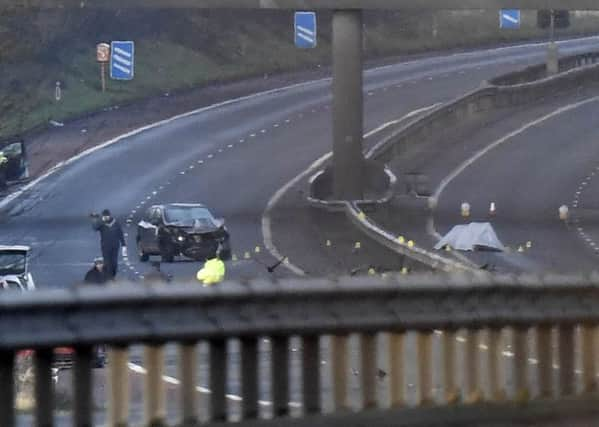Despite tragedies, 2016 was one of the safest years on NI's roads


Overall, however it was one of the safest years on record on Northern Ireland’s roads.
For the third consecutive year, road deaths have fallen.
Some 69 people were killed, making it the fifth safest year since records for the Province began.
Advertisement
Hide AdAdvertisement
Hide AdIn 2015, 74 people died on the roads in Northern Ireland, and the year before that the tally was 79. That year, 2014, brought to an end a four-year period in which fatalities were exceptionally low by historic standards. In each year 2010 to 2013 inclusive, between 48 and 58 people were killed.
Prior to 2010, there had never been a year since records began in 1931 in which less than 100 people died and there were many years in which more than 200 people were killed in road accidents.
The roads were at their most dangerous in the 1970s, when on average 315 people were killed in any one year.
Traffic levels have more than doubled since then.
If road fatalities had stayed at 1970s rates (proportionate to the then traffic levels), the number of people killed per-mile-travelled would currently be 700 people or more per annum.
Advertisement
Hide AdAdvertisement
Hide AdDeath rates have been slashed by around 90% – a stunning health and safety achievement.
It means that 600+ people in Northern Ireland stay alive each year who would have been killed at 1970s levels.
Even since the 1990s there has been a radical safety improvement – on average 169 people died per year in that decade. In the seven years since 2010, the death toll has averaged 63 people per year.
Even compared to the 1990s, more than 100 lives per year are being saved annually.
Advertisement
Hide AdAdvertisement
Hide AdExperts say that there are multiple reasons for the long-term sharp fall in deaths: ranging from better designed cars, with air bags and better brakes and tyres, to better designed roads, with clearer markings and less sharp bends and increased safe overtaking opportunities.
There is better driver training now and tougher enforcement of speeding and drink driving and careless or reckless driving.
There is also much greater public awareness of the risks.
The single biggest reason for the fall in fatalities is seat belt laws in the 1980s, which account for around a third of the overall drop in deaths.
However, the tragic deaths on either side of Christmas of Amy Loughrey, Paulo Roberto Maia-Lopes and Stephen Martin show that there is still much work to do to save lives.